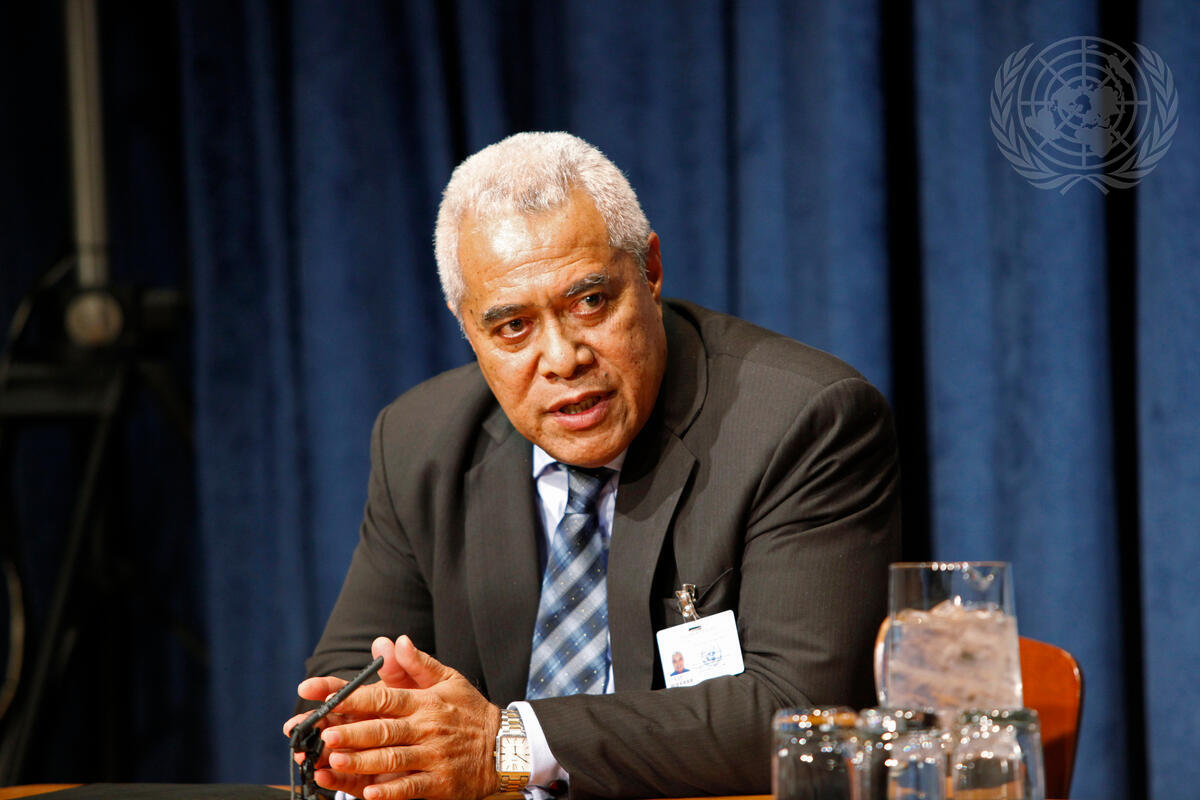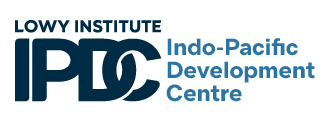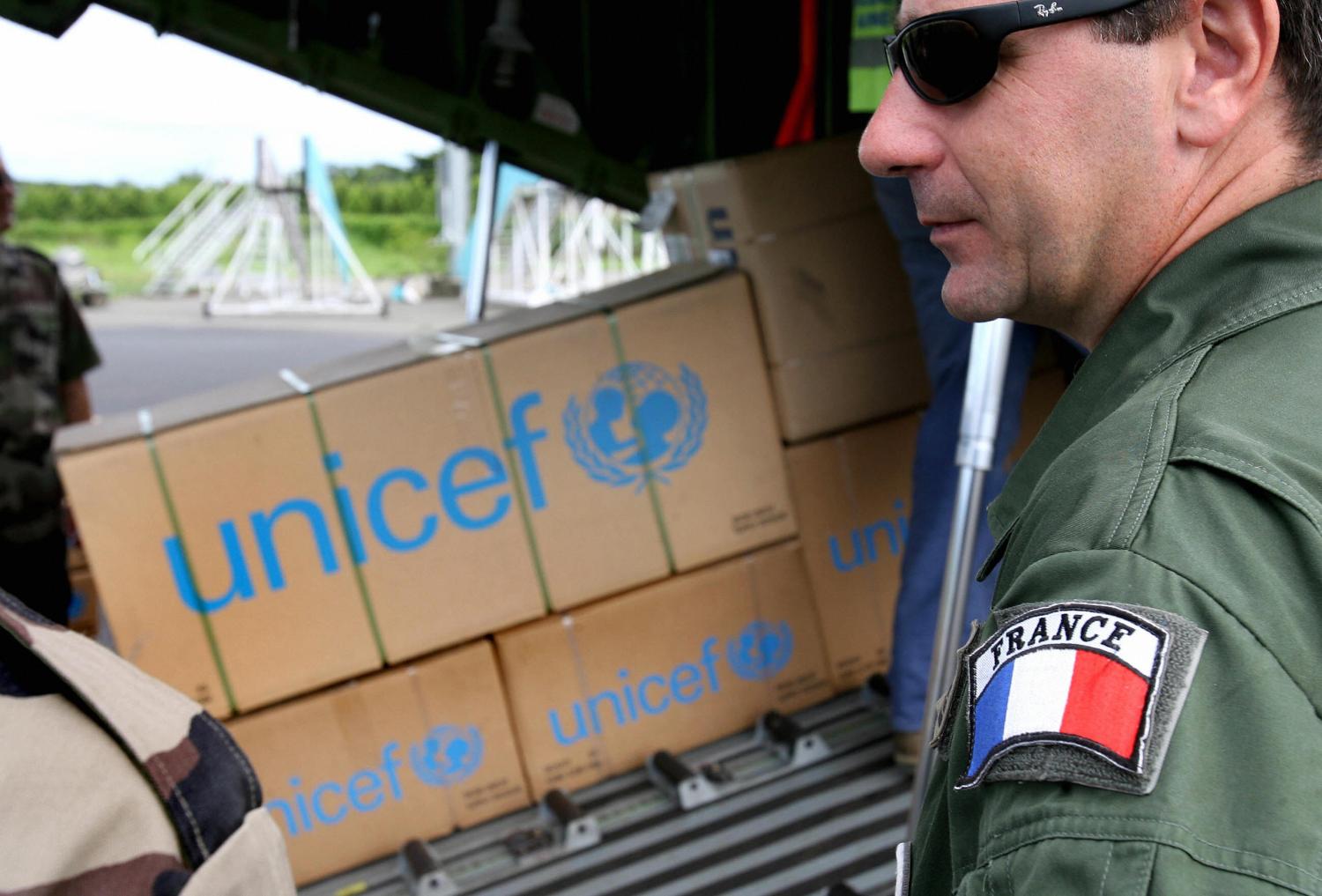In 2011, thousands of delegates from over a hundred countries flocked to Busan, South Korea, for the fourth High Level Forum on Aid Effectiveness. Addressing delegates at the event, former Tuvaluan finance minister Lotoala Metia spoke of the heavy burden poorly coordinated aid was putting on his administration.
The Pacific is seeing vastly more donors delivering a similar total quantity of aid in thinner slices.
The small island government’s planning office, made up of only seven staff, had a single official devoted to managing the country’s relationships with 58 aid partners. “Our development visitors all want to speak to me or other ministers, have input into policy, and meet and consult with our officials” Metia said. “These development visitors all come to Tuvalu in good faith, and we appreciate their desire, but the way they deliver their assistance is overwhelming our capacity to lead and effectively manage our own development.”
This story, Metia emphasised, was not unique to Tuvalu. But it is in small developing states like his where the effects of fragmented aid are most acutely felt.

Pacific pile-in
A decade on from the Busan conference and the global aid landscape has continued to fragment at pace. Among the most impacted regions is the Pacific, where donor congestion has reached unprecedented levels.
Since 2011 the number of bilateral aid partners operating in Pacific countries has doubled while the total volume of inflation-adjusted aid has only increased marginally. At the country level, there are on average twice as many projects per thousand people. In short, the Pacific is seeing vastly more donors delivering a similar total quantity of aid in thinner slices.
Fragmentation matters because each aid relationship, regardless of size, imparts some administrative burden on the recipient country. Aid projects come with high fixed costs, so one-off or very small projects are typically less efficient. For a region dependent on aid and with low administrative capacity, this creates a toxic mix.
The Pacific has seen the “long tail” of aid flows – the number of lower volume, lower impact aid relationships – grow substantially since 2008. Pacific Aid Map data shows that the number of small donors that in total make up less than 5% of aid has more than doubled across the region. For example, in 2008 Fiji had five donors running programs totalling less than $400,000 annually. By 2019, it had 20 such donors.
Of the donors making up this long tail, many are new entrants to the region. A majority are European – of the Pacific’s 20 most light-weight donors, 17 are from Europe. Most are major donors globally and all are signatories to various reform agendas promising to reduce fragmented and burdensome aid.
Motivations for these new entrants are mixed. Some engage on humanitarian grounds, others as part of diplomatic missions or as part of loosely defined Indo-Pacific strategies. For many, the reasons are purely cynical. Aid-for-vote deals that coincide with United Nations deliberations are a common in the region. Few engage in the types of well-designed and consistent aid programming most likely to drive results.
Impact and solutions
One might think that more is always better, or that Pacific governments could simply turn away financing. But for small countries facing big development challenges, that is much easier said than done. If the fruit of an aid partnership is an impactful and consistent relationship, as is seen with major regional players like Australia, then the effort makes sense. If the result is more like the one-off, ultimately unfinished, Czech Republic funded high school e-Learning program worth $8,000, then not so much.
The pandemic demonstrated that aid channelled directly into government budgets is an efficient way to support countries because it comes with fewer strings attached and lower administrative costs.
Pacific governments have tried to address the administrative burdens in a number of ways. The Samoan government bans meetings with development officials for part of the year in an effort to reduce time burnt in meetings. Fiji has openly stated it will reject highly conditional and burdensome aid programs.
Yet, as donor countries have repeatedly acknowledged, the impetus for change must lie primarily on their side of the equation. The most obvious solution is for smaller donors, particularly those from Europe, to shift their aid flows into co-financing arrangements, regional mechanisms and multilateral channels. Whether it is at the regional level in the form of the Pacific Islands forum, or country-level in the case of multi-donor trust funds, a variety of lower friction mechanisms are available to donors if they are happy to forgo flag-branded support.
There is also space for Australia to step up. Australia is not a cause of the fragmentation problem, but as the region’s largest donor it has the greatest capacity to drive better coordination among like-minded donors. One way would be for other donors to contribute to Australian-led projects. At present, however, complex processes, accounting, and reporting standards are a barrier. Not even close Australian partners like New Zealand, the US and Japan can integrate into Australian development projects with ease.
Finally, the method of aid delivery is crucial. The pandemic demonstrated that aid channelled directly into government budgets is an efficient way to support countries because it comes with fewer strings attached and lower administrative costs. Approaches like this also prioritise local channels, ensuring aid more effectively aligns with recipient priorities. Direct budget support might not come with a flag attached, but the benefits are clear to see.



